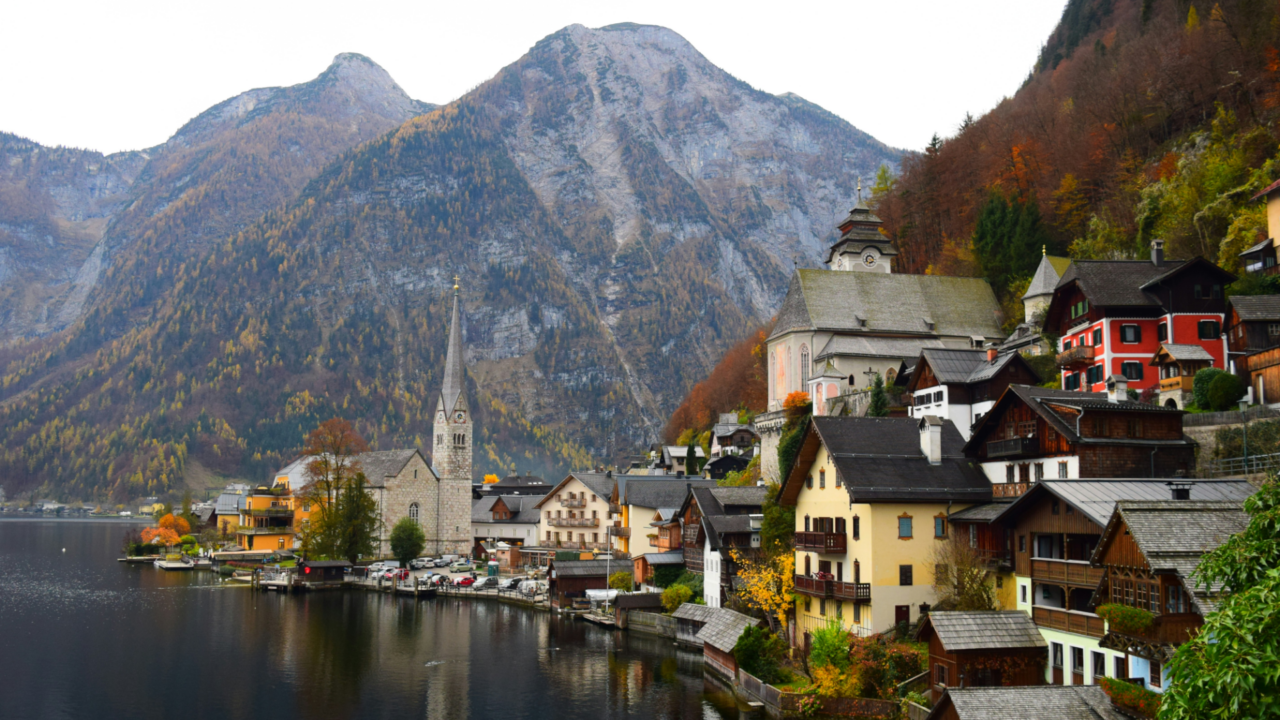The Nature Restoration Law aims to restore 20 percent of land and sea areas by 2030, bolstering degraded ecosystems and enhancing biodiversity. The law sets a historic precedent, aligning with global climate and biodiversity goals.
Looking for a mid-week pick me up? Well, in the form of good news, we’ve got you.
After deliberations lasting several months, the European Union has finally approved its landmark Nature Restoration Law. The first regulation of its kind, it aims to restore the EU’s dwindling natural ecosystems and bolster biodiversity across the continent.
This historic law will usher in an ambitious environmental rehabilitation project, with the goal of restoring at least 20 percent of the EU’s land and sea areas by 2030 and all other degraded ecosystems by 2050.
Alain Maron, the environment minister for the Brussels region, described the commitment as necessary for protecting the natural landscapes of Europe and ensuring future European citizens are able to enjoy them.
Hearing of the law, global environmental organizations have expressed their support. Noor Yafai of The Nature Conservancy described it as ‘a momentous day for nature,’ emphasizing that the law will provide ‘a vital boost to efforts to implement international climate and biodiversity targets.’
The WWF EU echoed this sentiment, calling the legislation ‘a huge win for the EU’s nature, citizens, and the economy.’
Today we celebrate 🇪🇺Natura 2000 Day. This day 32yrs ago the worlds largest coordinated network of protected areas was created.
However, 81% of EU monitored habitats are in unfavourable conservation status. We need the Nature Restoration Law to be adopted to #RestoreNature pic.twitter.com/Zpn5HUFUmd
— Environmental Pillar (@Env_Pillar) May 21, 2024





















